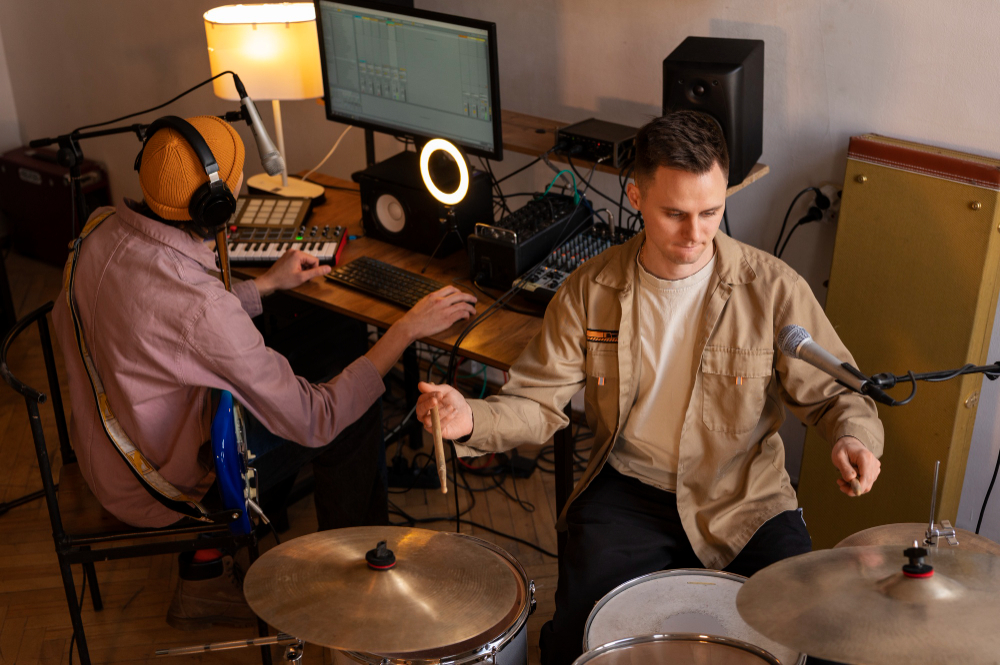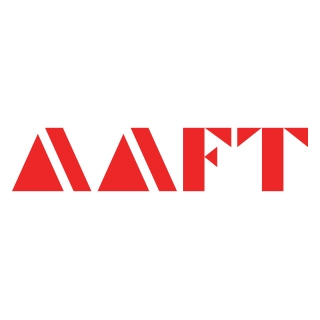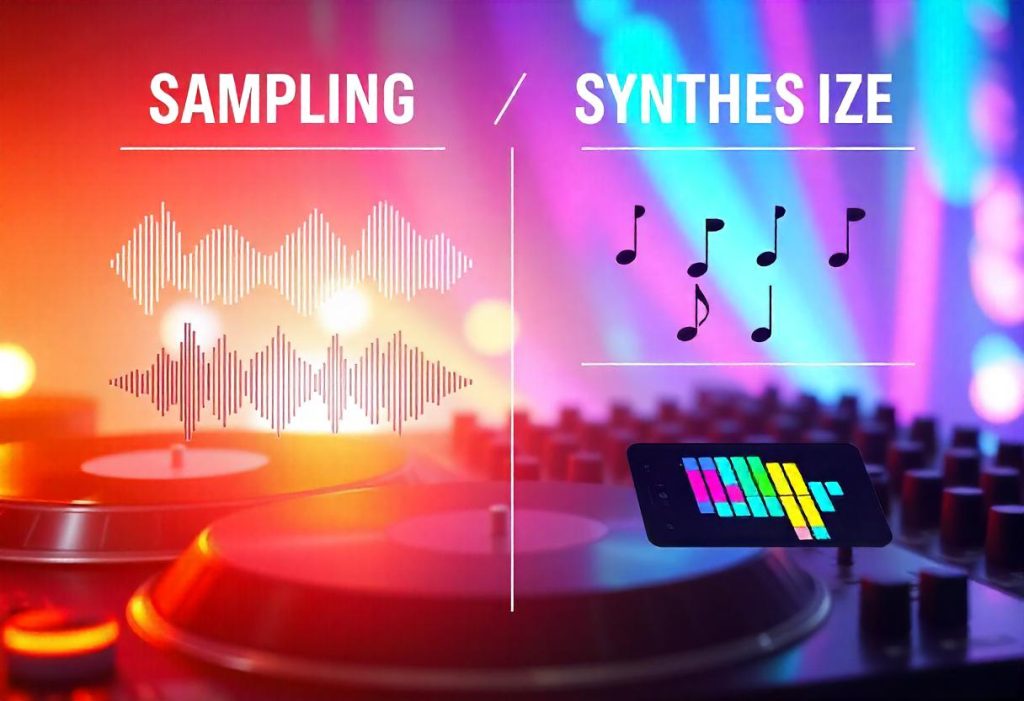Sampling vs. Synthesizing: Techniques Every Producer Should Know
In music production, two fundamental techniques shape the creative process: one is Sampling, and the other one is Synthesizing. These methods have profoundly impacted how modern music has evolved. This influences genres and allows producers to explore new sonic frontiers.
Although both Sampling vs. Synthesizing serve distinct purposes and objectives, mastering the nuances of each is essential. This is vital for any aspiring producers who are aiming to complete their Music Production Courses in Delhi.
The Art of Sampling
Sampling involves the extraction and repurposing of audio snippets from existing recordings. These samples can range from various drum loops and vocal lines to ambient sounds or orchestral phrases. The technique was popularised during the rise of hip-hop in the late 20th century and, since then, remains a cornerstone of music production in the 21st century.
Moreover, one of the greatest strengths of Sampling is its capability to evoke nostalgia while providing a huge potential for innovation. By recontextualizing the tones of older sounds, producers can seamlessly pay homage to musical pioneers and craft tracks that have layered and intricate textures.
Do you want free career counseling?
Ignite Your Ambitions- Seize the Opportunity for a Free Career Counseling Session.
- 30+ Years in Education
- 250+ Faculties
- 30K+ Alumni Network
- 10th in World Ranking
- 1000+ Celebrity
- 120+ Countries Students Enrolled
The Avalanches’ “Since I Left You” album is a classic example of the Sampling technique. It features thousands of samples that can seamlessly blend within themselves.
Read Also: Indian Classical Vocal v/s Western Vocal – Understanding the Key Differences
However, apart from the benefits, Sampling also comes with certain legal and ethical considerations. Using copyrighted material without getting a proper clearance can lead to significant legal challenges, such as lawsuits and financial penalties.
Book Now →
Music Producers who have completed their Music Production Courses should be able to go through the complex web of intellectual property rights. This step is highly important for ensuring that their work remains both innovative and compliant with the latest laws.
Tips for Effective Sampling
1. Source Diverse Sounds: You should explore genres and eras that go outside your comfort zone to discover unique samples.
2. Manipulate Creatively: You must also use tools, such as time-stretching, pitch-shifting, and filtering, to transform samples into something completely new.
Do you want free career counseling?
Ignite Your Ambitions- Seize the Opportunity for a Free Career Counseling Session.3. Respect Copyrights: It is highly recommended that you always seek permission or opt for royalty-free sample libraries.
The Science of Synthesizing
Synthesizing, unlike Sampling, is the process of generating sounds right from the beginning using electronic instruments, which are prominently known as synthesizers. These instruments allow producers to craft virtually any sound, no matter if it’s non-existent. This can range from lush pads to aggressive basslines.
Synthesizers are basically categorized into several types. These include subtractive, additive, FM (frequency modulation), and wavetable synthesizers. Each type offers its own sets of unique capabilities, which enables producers to experiment with a vast range of sound designs in an innovative manner.
For instance, subtractive synthesis is comprised of filtering and shaping a raw waveform. It is widely used by Music Producers to create classic and innovative analog sounds.
Concerning its primary benefits, it possesses a unique level of unparalleled flexibility. Producers, in such cases, have complete control over the timbre, envelope, and modulation of sounds, which further allows for better infinite customization.
This makes synthesizers an indispensable tool for various genres and is taught in the top Music Production Courses in Delhi. These can range from electronic dance music (EDM), where sound design plays a central role, to cinematic scoring, where unique textures and atmospheres are paramount.
Read Also: How AI is Changing the Future of Music Production

Key Strategies for Mastering Synthesizing
1. Understand Waveforms: You must familiarise yourself with basic waveforms. These include sine, square, sawtooth, triangle, and their fundamental characteristics.
2. Experiment with Modulation: You should also leverage advanced-level tools like LFOs (Low-frequency Oscillators) and envelopes to add finer movements and depth to your sounds.
3. Layer Synths: You must combine multiple synthesizers to create rich and dynamic textures.
Comparing Sampling and Synthesizing
While Sampling and Synthesizing have their own sets of distinct techniques, they are not mutually exclusive. This means they cannot happen or exist at the same time. Many producers nowadays combine these two popular methods to create diverse and engaging compositions. You should have a basic understanding of their differences and complementary nature to leverage their complete potential.
| Aspect | Sampling | Synthesizing |
| Source | Pre-recorded material | Generated from scratch |
| Creative Control | Limited to the manipulation of existing sounds | Unlimited, as sounds are created anew |
| Applications | Ideal for adding organic or vintage elements | Best for crafting futuristic or custom sounds |
| Challenges | Legal clearance and originality | Learning complex synthesis techniques |
Read Also: Top 7 Creative Courses to Spark Inspiration in Young Minds
When to Use Sampling
Sampling is particularly effective when a track requires a human touch or a connection to musical heritage. For instance, if a producer who has completed their Music Diploma Courses as well wants to incorporate a soulful vocal riff or a classic drum break, Sampling provides an authentic and immediate solution. Additionally, it can save time, as finding a suitable sample might be quicker than designing a similar sound from scratch.
When to Use Synthesizing
Synthesizing is ideal for those genres and projects that demand precision and originality in their sound design. It’s also useful if the desired sound doesn’t actually exist in any kind of sample library. For example, creating a futuristic soundscape for a science fiction film score necessitates synthesizing unique tones and textures.
Bridging the Gap: Hybrid Techniques
The most innovative producers today have often blurred the lines between Sampling and Synthesizing. Hybrid techniques involve manipulating samples to the point where they resemble synthesized sounds or using synthesizers to mimic real-world audio. Some of the vital tools like Granular Synthesis allow producers to transform samples into completely new sonic elements.
Read Also: How to Become a Music Composer: Skills, Education, and Tips for Success
For example, famous artists like Aphex Twin and Flying Lotus are known for using their experimental approach. They can seamlessly integrate Sampling and Synthesizing to create complex compositions in a simpler manner. Similarly, modular synthesizers have the ability to process sampled audio, which opens up endless possibilities for sound manipulation.
Tools of the Trade
A wide array of software and hardware is available to facilitate Sampling and Synthesizing. Some of the popular tools include:
1. Sampling Tools: These include Ableton Live Simpler and Sampler, Native Instruments Kontakt, and Akai MPC series.
2. Synthesizers: These Synthesizers include Serum, Massive, Arturia’s V Collection, and hardware synths like Moog Subsequent 37 and Roland Juno-106.
Final Thoughts
Gaining proficiency in Sampling and Synthesizing is not merely a technical skill but a widespread artistic endeavor. These techniques enable producers to explore the complete spectrum of sound and close the gaps between traditional and innovative technologies.
By understanding the intricacies of when and how to use both sampling and synthesizing methods, producers are able to craft tracks that can seamlessly resonate with audiences and ensure a longer time.
Read Also: 7 Key Benefits of Pursuing a Music Production Course
It doesn’t matter if you are Sampling a jazz record from the 1960s or designing a futuristic synth lead; the key to success in Music Production is to approach your craft with curiosity, dedication, willpower, and intention.
We hope you have liked this post on the techniques taught by the best Music Production Courses. Hit a ‘LIKE’ button to show your appreciation. Else, if you have any further questions about these techniques, feel free to comment.

AAFT has been providing the world with limitless creativity and expression since 1993! Through a dynamic and industry-driven curriculum, AAFT provides engaging and captivating articles to persuasive blogs and empowers its readers to explore diverse avenues of creative media education-related content.






